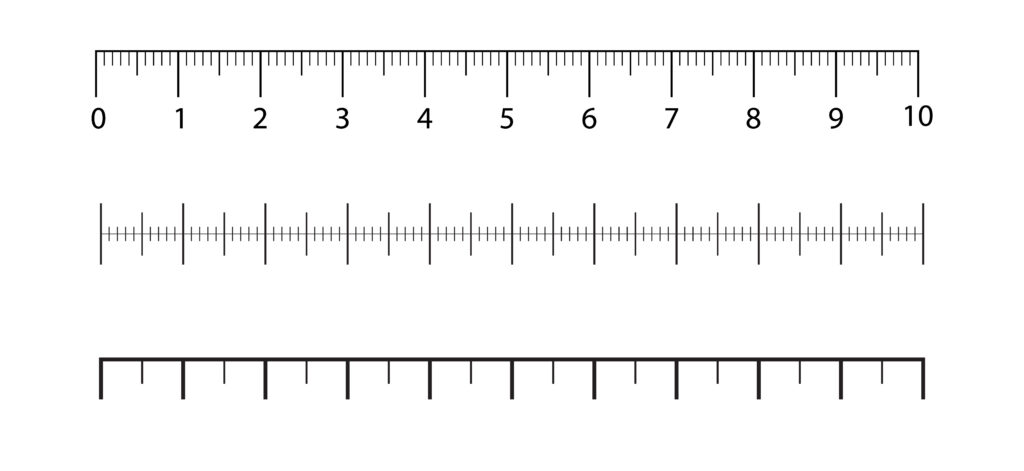The Dice Roll Experiment
Investigate the laws of probability with a simple dice roll. You will make a prediction about the outcome of a fair die and then see how your prediction holds up over multiple rolls.
Help & Instructions
▼- *Make a Prediction:* Choose a number from 1 to 6 and predict how many times it will appear in 100 rolls.
- *Roll the Dice:* Click the "Roll Dice" button to simulate 100 rolls.
- *Analyze the Results:* The experiment will show the number of times each side appeared, highlighting your predicted number.
- *Compare:* See how close your experimental results are to the theoretical probability.
- Understand the difference between theoretical and experimental probability.
- Grasp the concept that experimental probability approaches theoretical probability over many trials.
- Learn to calculate the probability of a simple event.
Total Rolls: 0
Predicted Number: 1
Times Rolled: 0
Theoretical Probability: 1/6
Experimental Probability: 0%
**Probability** is a measure of the likelihood that an event will occur. **Theoretical probability** is based on the number of favorable outcomes divided by the total number of possible outcomes. For a fair six-sided die, the theoretical probability of rolling any specific number (e.g., a 4) is $1/6$. **Experimental probability**, also known as relative frequency, is the ratio of the number of times an event occurs to the total number of trials.
The Law of Large Numbers
The **Law of Large Numbers** is a fundamental concept in probability. It states that as the number of trials increases, the experimental probability will get closer and closer to the theoretical probability. In this game, rolling the die 100 times gives you a good sense of this principle. While the results of a single roll are random, the average outcome of many rolls will be predictable.
Probability theory is used extensively in:
- *Statistics & Data Science:* Predicting trends and analyzing data.
- *Gambling & Finance:* Assessing risk and calculating odds.
- *Science:* Modeling random processes in fields like genetics and physics.


